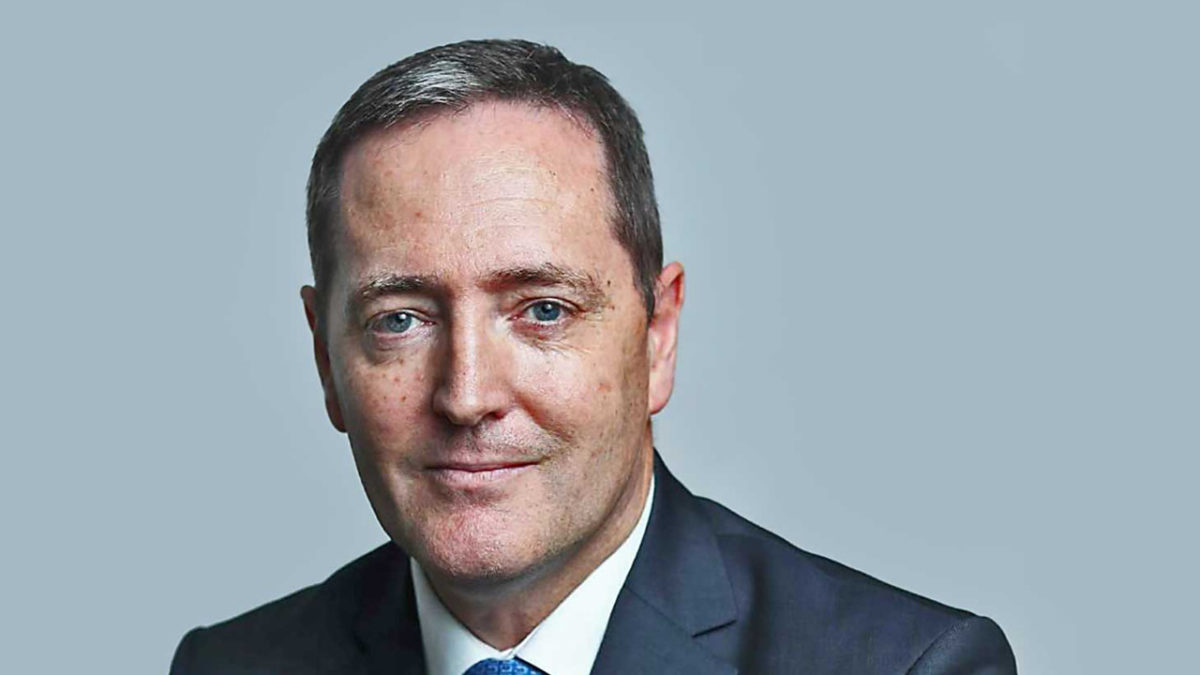Big super becomes the underdog
They might be behemoths at home, but Australia’s biggest super funds will be on the backfoot as they scour the globe for investment opportunities.
NAB’s biennial FX Hedging survey is not only a good insight into super fund hedging strategies, but the state of the industry itself – particularly its growing interest in markets beyond Australia. Martin Fahy, CEO of the Association of Super Funds of Australia (ASFA), says that the latest survey shows the emergence of a premium on the “patient, responsible pension capital that the super funds in Australia represent” as funds get bigger and look abroad.
“About 70 cents in every new contribution dollar that’s coming in needs to be deployed offshore, for obvious concentration risk issues, but also to find the investment opportunities. And that presents a very unique and new challenge,” Fahy told a media briefing for the release of the survey on Tuesday (November 16).
“The unique strategic asset allocation (SAA) that superannuation funds in Australia have where we capture the equity premium, where we look to invest quite extensively in alternatives, means that we are very much now scouring the globe looking for good investment opportunities.”
But while many of Australia’s largest funds are setting up offices offshore, far from the financial hubs of Sydney (and to some extent, Melbourne) the number of funds looking to increase their international asset allocation has dropped more than 10 per cent from the 2019 survey (72 per cent to 61 per cent) which NAB believes means that many funds have already found a happy medium in regard to the split between international and domestic assets. For those that haven’t, there will be challenges.
“Australian funds have been very adept at building in-house capability around infrastructure, around property, and increasingly around private equity, credit, and fixed income,” Fahy said. “Taking that offshore at scale will present a challenge, and funds will be very much challenged in how they’re going to mobilise; will they set up offices in London, will they set up offices in New York? How big will those be? Will there be investment teams, how will we partner?”
The largest pension funds of North America and Europe are one of the obvious answers. But you can’t partner with everybody. And as big super steps out of its Australian backyard – where it is viewed as the most powerful participant in capital markets – there will be larger and more aggressive competitors to deal with.
“As those funds look for opportunities under the umbrella of patient pension capital, I think it’s going to be interesting to see how we compete against the very large behemoths that are out there who want to chase these opportunities, be they listed fund managers that are seeking to allocate capital to their clients or sovereign wealth funds,” Fahy said.
Unlisted assets are where the money is. The survey found that 57 per cent of funds have increased their allocation to unlisted assets in the last two years, aiming to capture the diversification opportunities they represent and to “keep pace with peers’ expected return profiles”. The recent evangelism for unlisted assets belies the scrutiny applied to them during the early days of the Covid-19 pandemic, when members of the Federal Government accused funds of poor risk management for investing too heavily in the illiquid assets (indeed, the survey hypothesises that a reduction in exposure by some funds was as a result of the scarring experience of the pandemic).
“The view that we don’t have sufficient transparency on these has been dispelled, and they’ve been an important part for us and for other innovative funds around the world,” Fahy said. “Many funds globally are trying to emulate Australian funds in getting that exposure to alternatives and illiquids and capturing the premium that comes from it.
The main finding of the survey in the realm of foreign exchange was a growing trend towards funds considering currency in terms of a desired level of currency exposure rather than in terms of a hedge ratio. 76 per cent of funds in the survey now think this way, compared to 57 per cent in 2019, in a move that “highlights that funds want to view currency risk using the same lens as they view other asset allocation decisions.”
As with any discussion on the state of the industry, the old division between retail and industry (or profit-to-member, as they are increasingly known) will always come up. Profit-to-member funds have enjoyed significant inflows over the last few years due to their low fees, solid returns, and by virtue of having not been excoriated by the Hayne royal commission – but the things that make them different “have almost vanished” in the wake of Your Future Your Super and their increasing size.
“I think it would be damaging to the sector overall if we were to lose that diversity. I think going forward, as profit-to-member funds become bigger, they will look to some of the sophistication that’s been long established in the so-called retail sector in terms of brand and marketing,” Fahy said. “But we all have to remember that the category as a whole is what superannuants experience, and it’s important that we think in terms of the aggregates and not sectoral differences.”
“The reality is that scale will matter, and the ability to generate consistent long-term returns and deploy target operating models. As the retail sector separates off from traditional bank ownership, the agility that should allow will be very interesting to observe in the marketplace… retail funds will be a feature of the landscape here for some time to come.”











